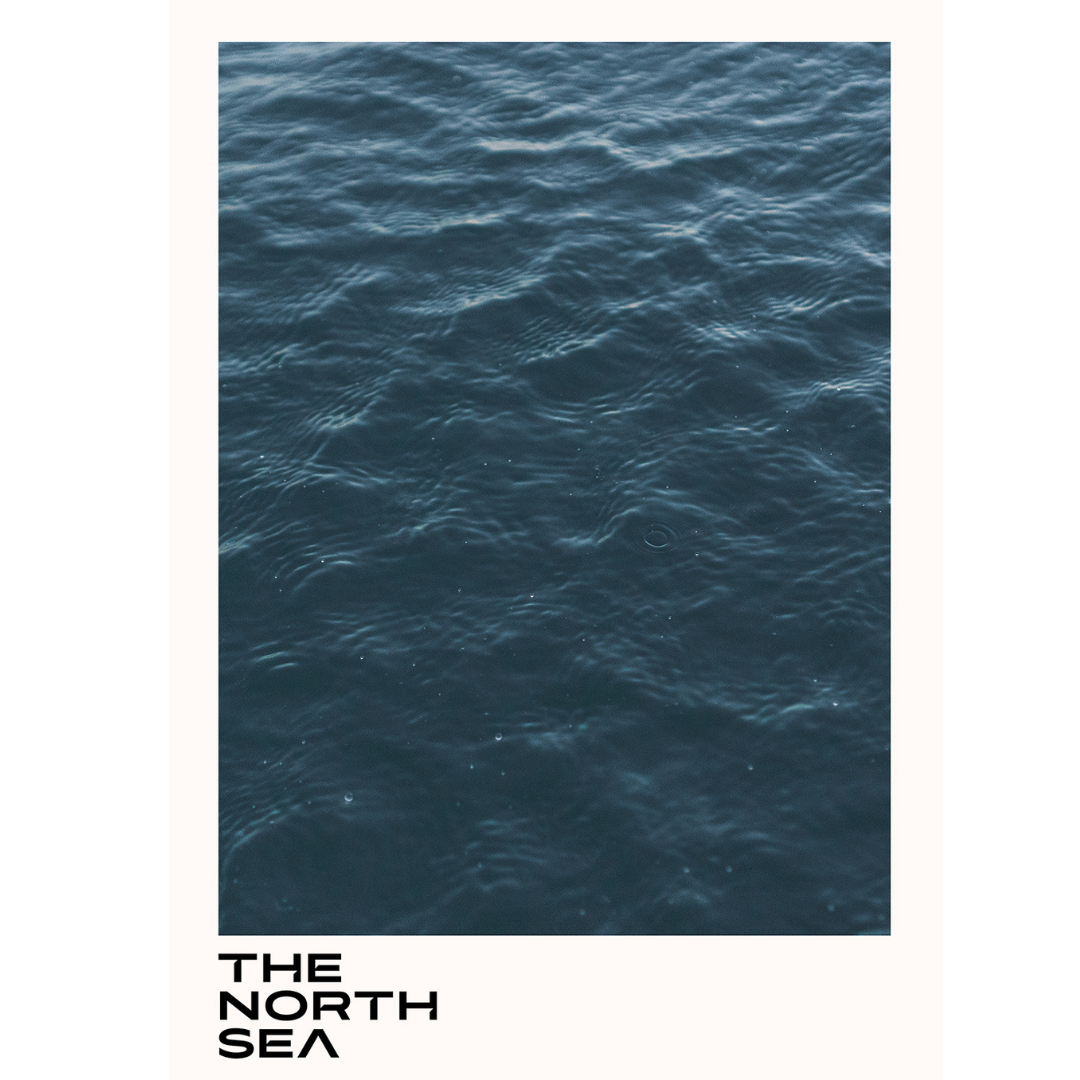Simple explanation of manual camera exposure
The manual settings of the camera can be quite overwhelming at first. But there’s a simple way to get a hand on it and to understand the basics.
Imagine you're very hungry and thirsty, you have 15 euros, and you walk into your favourite fast food restaurant. You have the classic menu to choose from: a burger (vegan for me), fries, and a drink. The girl behind the counter asks: “Would you like XL burger? And fries? Medium or large? What size of Coke would you like?"
You have a few seconds to answer. Ideally, you'd take a huge burger, large fries, and a liter of Coke. But that wouldn’t fit your budget. And your belly, no matter how hungry you are.
So, maybe a big burger, medium fries, and a small Coke? But we all know that after the meal, you'll be even thirstier. And let’s not forget they serve the best burgers in the world here. Difficult choice.
Now, imagine: the burger is the aperture (A), the fries are the shutter speed (S), and the drink is the ISO.
APERTURE
The aperture is the hole in the lens that allows light into the camera. It can be wide (lots of light, low number like f2.8) or narrow (less light, high number like f11).
You don't need to know anything more, seriously.
Big burger = lots of light. Small burger = less light.
Okay, if you want, remember this too: a wide aperture means the object in focus is sharp, and the background is blurred. A narrow aperture means the object and the background are both sharp.
SHUTTER SPEED
When you press the camera shutter (the button you press to take the picture), the aperture opens for a certain amount of time. That’s the shutter speed. Your fries.
If the shutter speed is short (like 1/500 of a second), the camera captures what happens in that tiny fraction of a second. It’s like a frozen frame. If the shutter speed is long (like ½ second), the camera captures what happens during that ½ second, and if the objects in the picture are moving, you’ll see that motion.
Remember: large fries = long shutter speed, small fries = short shutter speed.
ISO
ISO (Coke) is a bit sneaky. It doesn’t do much except increase the sensitivity of your camera’s sensor when it gets dark. It also adds noise to the photo (those annoying little bubbles that almost no one likes).
Normally, you order a big coke only when really, really thirsty, right? Same with ISO. You set it higher only when there’s less light around, in most cases.
More Coke = more bubbles and a belly full of CO2. Less Coke = fewer bubbles and more room for the burger and fries.
EXPOSURE TRIANGLE = APERTURE + SHUTTER SPEED + ISO
A burger and fries which are big enough + enough drink makes you happily full and satisfied, right?
The same applies to your picture: sufficient amount of light entering the camera (A) for a sufficient amount time (S) and ISO that is high enough - it makes a properly exposed picture (not too dark, not too bright, just alright).
So, burger XL, small fries and small Coke? If you prefer burgers, that would be the best choice. You’ll stay within budget and won’t fill your stomach with gas.
If you prefer medium fries, you’ll need to decide whether to go with a small burger and medium cola, or the other way around.
Unless, you’re out of your mind because of hunger and you only crave bubbles, so you take large Coke, small burger, and small fries. Doesn’t happen often, but sometimes it does.
Simple, right?
If you find my blog interesting and helpful in any way, you can support me by checking out my work:
















